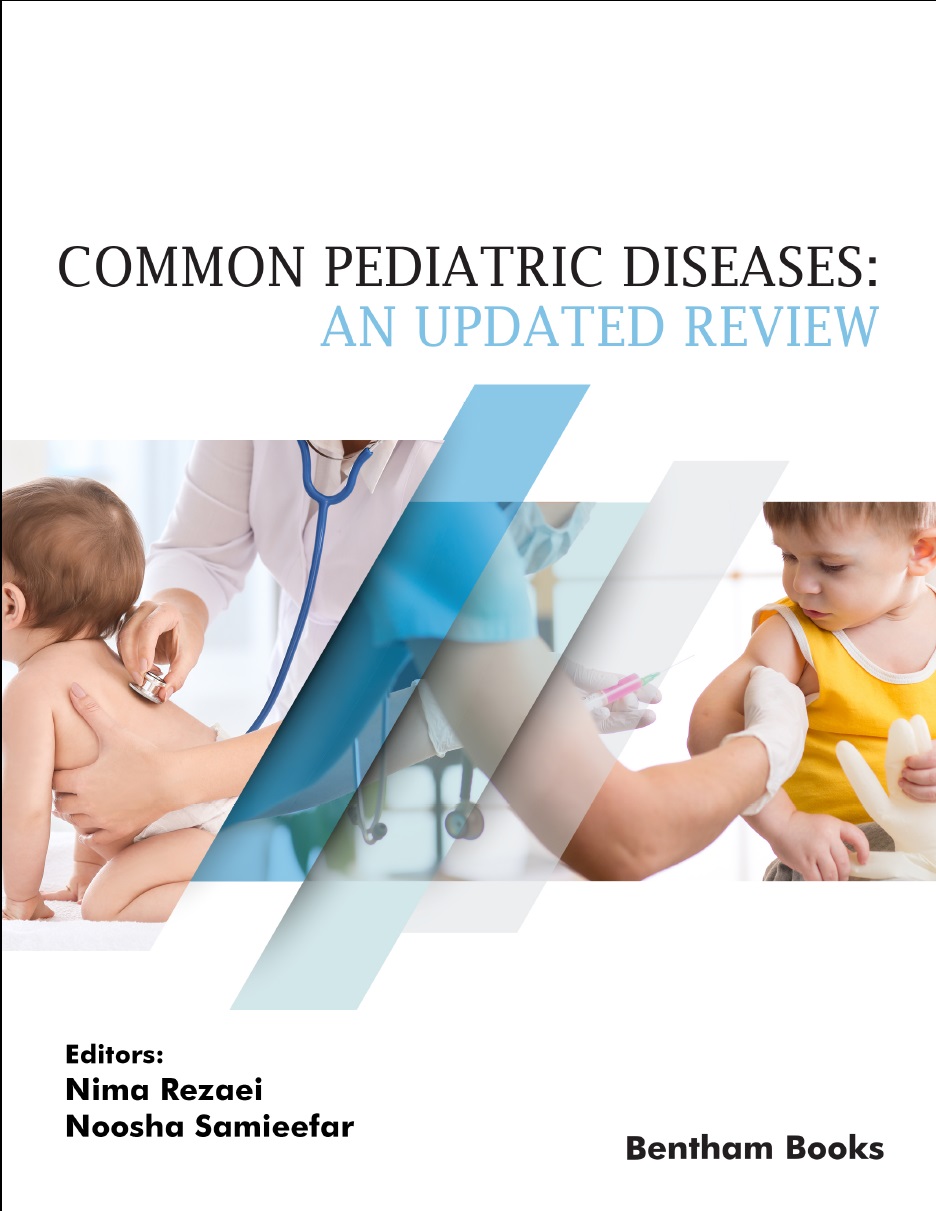Updates on Severe Combined Immunodeficiency

- By Fausto Cossu1
-
View Affiliations Hide Affiliations1 Pediatric Clinic of University, "Antonio Cao" Hospital, Cagliari, Sardinia, Italy
- Source: Common Pediatric Diseases: an Updated Review , pp 375-427
- Publication Date: April 2022
- Language: English
Updates on Severe Combined Immunodeficiency, Page 1 of 1
< Previous page | Next page > /docserver/preview/fulltext/9789815039658/chap11-1.gif
Mutations in any one of several genes essential for T lymphocyte develop ment and function cause human Severe Combined Immunodeficiency (SCID), a heterogeneous group of monogenic inborn errors of immunity. Newborns with SCID acquire multiple, persistent, and severe viral, bacterial, and fungal infections shortly after birth and rarely reach their first birthday. SCID is a pediatric emergency: with prompt diagnosis and treatment, essentially every baby with SCID could be cured by hematopoietic stem cell transplantation or gene therapy. Most SCID newborns appear normal and healthy at birth, but SCID is always a prenatal disorder of the development of T lymphocytes, and it is already present at birth. Therefore, SCID is detected by newborn screening through measurement of TRECs (T cell receptor excision circles), which counts naïve T lymphocytes, already absent or markedly reduced. The vast majority of newborns worldwide are not yet screened for SCID. The diagnostic approach and the 'natural history' of affected infants and their families are now completely different depending on whether or not neonatal screening for SCID is available, apart from the availability/unavailability of SCID therapies (hematopoietic stem cell transplantation, etc.).
-
From This Site
/content/books/9789815039658.chap11dcterms_subject,pub_keyword-contentType:Journal -contentType:Figure -contentType:Table -contentType:SupplementaryData105

